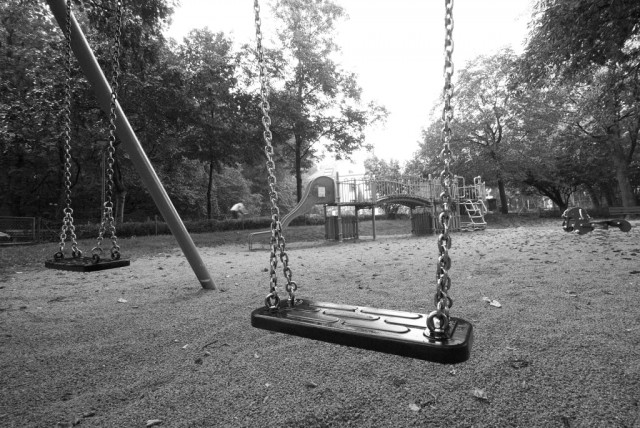Know your rights: Right to recreational facilities
‘Right to life’, under Article 9 of the Constitution, guarantees the availability of recreational facilities.

Imagine you wake up one morning to go for your morning walk in your neighbourhood park, only to find that it exists no more. This is a situation many residents of Karachi are familiar with.
In the seventh-largest urban conurbation in the world, an inch of land is deemed more precious than a human life. This is why land mafias continue to fight the turf-war to usurp even recreational spots.
Being a citizen of a developing country, are you familiar with your rights with regards to recreational and amusement opportunities?
This week, The Express Tribune looks at the laws, rules and regulations meant to provide every citizen with recreational facilities.
What the Constitution says?
The Subcontinent introduced its unique taste of architecture, which included imposing buildings with their wide-spread gardens. The British added the English taste to the structures. Later, Pakistan declared it one of the basic rights of every citizen to breathe in a healthy and clean environment.
‘Right to life’, under Article 9 of the Constitution, guarantees the availability of such facilities.
Provincial laws
The Karachi Metropolitan Corporation (KMC) is duty bound, as provided in Chapter-I of the mandatory functions of the Sindh Local Government Act, 2013, to maintain public parks and open spaces reserved for amenity purposes.
The Act’s Section 52 exclusively deals with public parks. Its sub-section 1 says: “A corporation, municipal committee or town committee may, and if so required by government, lay out and maintain within the local area such public gardens as may be necessary for the recreation and convenience of the public, and such public gardens shall be maintained and administered in such manner as the by-laws may provide.”
The Act also declares the establishment of a parking stand over a piece of land reserved for a public park or garden an offence.
Land allocation criteria
There are certain duties that legally bind citizens, particularly town developers and builders, to abide by when designing and building residential and commercial structures.
Under the regulations, the allotment of land for new residential schemes must ensure that an area not exceeding 55% of the total area is used for residential purposes. Only 5% of the space may be used for commercial purposes. More importantly, not less than 22% of the area may be allocated for amenity purposes.
Apart from this, 10% of the total area should exclusively be allocated for developing public parks and playgrounds.
Criminal act
Any citizen, who has been deprived of an amusement place, can approach the Anti-Encroachment Force’s police station, which has exclusively been established to address the grievances of the people with regards to land frauds and illegal occupations.
Penalty
According to sub-section-2 of the Sindh Public Property Act, an abettor, including a public servant, who is directly or indirectly involved in assisting or abetting the offence of encroachment, shall be punished with imprisonment for a term which may extend to five years but not less than one year, or fined up to Rs0.5 million.
Published in The Express Tribune, September 24th, 2014.


















COMMENTS
Comments are moderated and generally will be posted if they are on-topic and not abusive.
For more information, please see our Comments FAQ